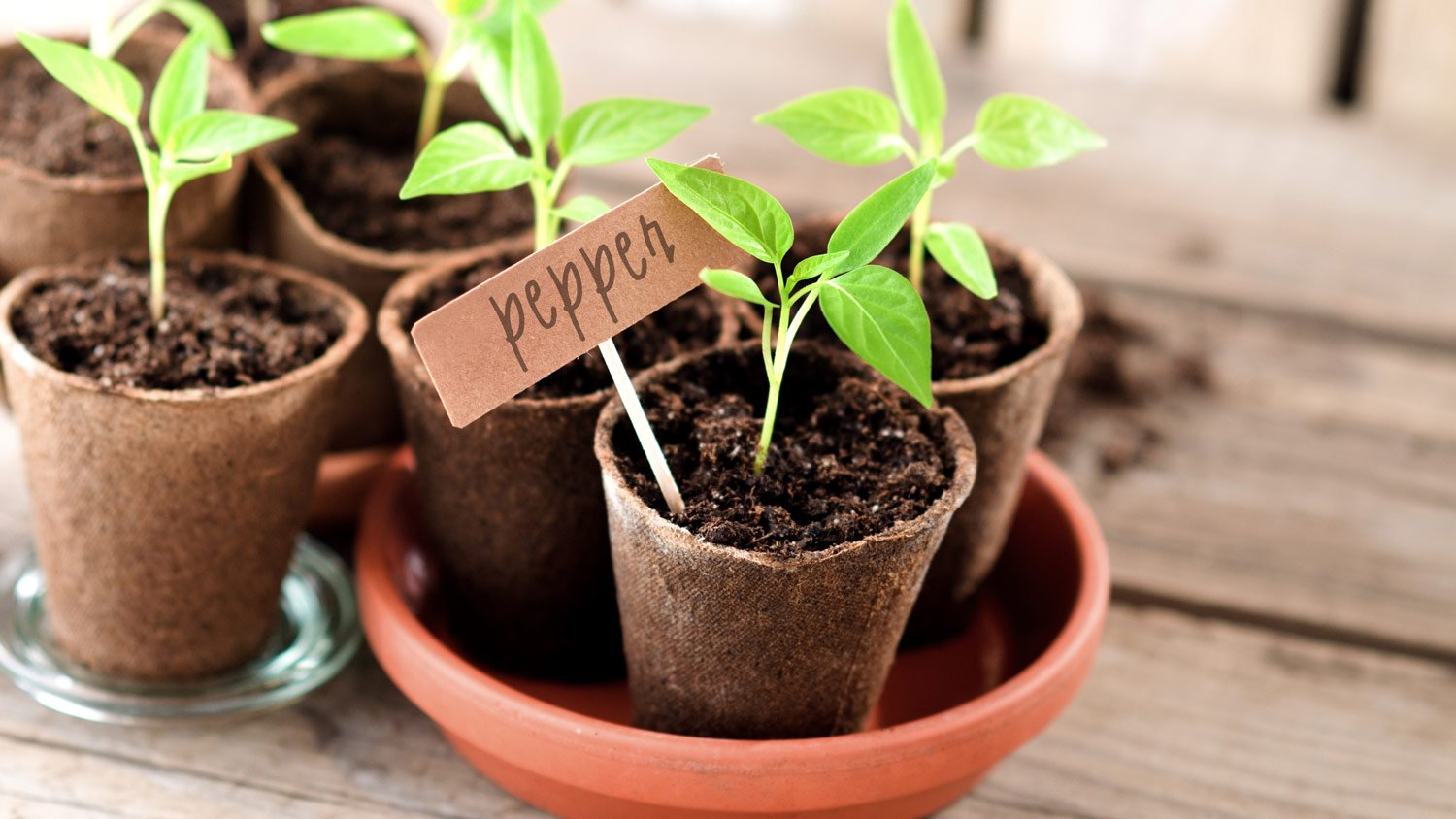
Your total lawn care cost depends on several factors, including the type of service and lawn size. Our guide will cover what you can expect to pay for lawn care.
Avoid cultivating a crop conundrum


Garden markers help identify which plants are where in your garden.
Labeling your garden eliminates confusion and helps you know what to repurchase.
DIY markers are craftable out of nearly any flat, stake-shaped object.
Use a waterproof, UV-resistant sealer for non-waterproof DIY markers.
Don’t you just hate when you can’t tell your peas from your petunias? Brain fog got you wondering the exact location of your spring-flowering bulbs? Take a leaf from your local conservatory’s book and use labeled stakes to identify your growing plants. Here’s why you and your garden need a labeling system.
Aside from the inherent satisfaction of a good label, garden markers have other benefits.
You’ll be able to remember which plant is where to provide accurate care and maintain a healthy garden.
You’ll remember which type of pepper you grew in your vegetable garden to create that incredible hot sauce last summer.
If you’re planting in a cooperative garden, you’ll be able to easily identify which plants are yours.
You won’t accidentally dig up your bulbs when prepping your garden in the spring.
If you’re a beginner gardener, labels will help you learn to identify plants.
You won’t incorrectly identify dormant plants as weeds
You’ll know if a seed or plant didn’t grow, so you can avoid repurchasing next season
You’ll feel as on-top-of-your-game as the pros—maybe you’ll even sell some plants of your own!

You can find copper, wood, or plastic plant labels at your local garden supply store. Or, if you’re feeling crafty, any object that vaguely resembles a flat stake can work as a DIY garden marker. Here are a few solid tools to consider for crafting your garden labels.
If you can’t get enough of your label maker, or if you’re looking for a reason to pick one up, it can be an excellent tool for plant labeling. Affix the label onto any hard, stake-shaped object. Consider using waterproof labeling tape in your machine (typically made of plastic or polypropylene material). You can also seal regular labels with clear, waterproof tape or compatible UV-resistant, waterproof sealants.
Acrylic paints are an excellent waterproof option for painting on pretty much any surface, from woods to metals. For wooden materials, prime it first with a coat of acrylic gesso or other wood primer and finish with an outdoor wood sealant. Black metal garden markers with white or brightly-colored acrylic paint pens are also amazing (and super long-lasting).
Popsicle sticks are classic media for DIY garden markers. Write your plant names with a permanent marker, pen, or even pencil. These garden markers aren’t the hardiest option, so consider adding a waterproof, UV-resistant sealant. If in doubt, take pictures of your freshly-placed labels to reference in case they fade.
If you’ve still got plastic silverware from the family reunion that was four years ago, here’s your chance to finally put it to use. Simply label the handle of a knife or fork and stick the other end into the dirt. If it’s a spoon, you can place it right-side-up and backward for a more readable surface area.
For light-colored opaque cutlery with a smooth surface, you should be able to write directly on it with a permanent marker. Otherwise, you can write or print the text on paper and secure it with clear waterproof tape.
Your garden markers will see a lot of rain and sunlight, so it’s a good idea to seal them against the elements. Look for a waterproof and ideally UV-resistant sealant to prevent fading and discoloration. Here are a few excellent options:
Clear nail polish (may yellow in the sun)
Indoor/outdoor spar urethane
Clear acrylic spray sealant
Waterproof/UV-resistant clear tape
Whatever sealant you go with, be sure to read the label to ensure it’s compatible with your garden marker material.
From average costs to expert advice, get all the answers you need to get your job done.

Your total lawn care cost depends on several factors, including the type of service and lawn size. Our guide will cover what you can expect to pay for lawn care.

Removing an old lawn is often necessary to plant new grass or build a new outdoor structure. Find out what to budget for your lawn removal cost.

How much it costs to rent a lawn aerator depends on what kind you rent and how long you rent it for. Read on for the full details.

Discover what lime does for grass, how it can help improve your lawn, and when and how to apply it for the most effective results.

Learn how to get rid of quack grass and keep it from returning once you discover how to identify it in your lawn. Read on to learn more.

A step-by-step guide for dethatching your lawn if you have yellow or brown grass caused by thick debris and organic matter in your yard.